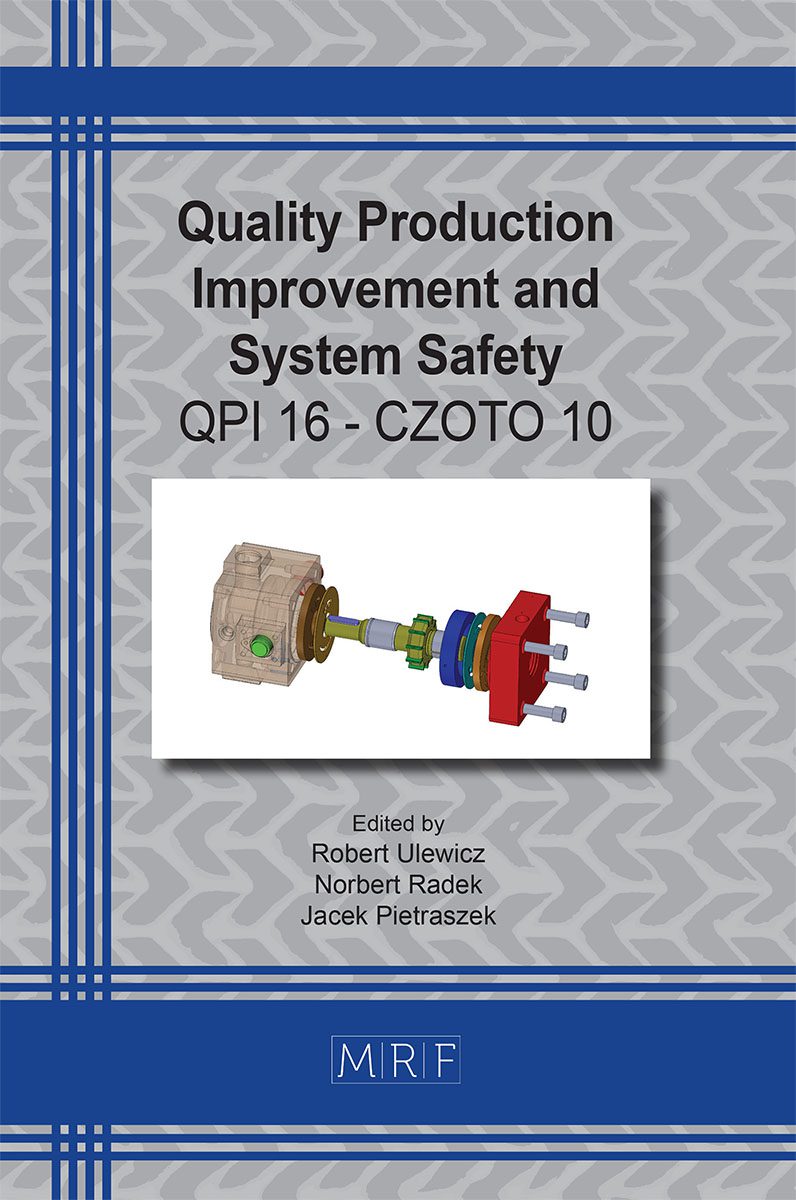Matching Computational Tools to User Competence Levels in Education of Engineering Data Processing
RADEK Mateusz, PIETRASZEK Anna, KOZIEŃ Adam, RADEK Katarzyna, PIETRASZEK Jacek
download PDFAbstract. Computational data processing often poses significant challenges for individuals not professionally specialized in this area. In particular, the problem lies in finding suitable computational tools that, on the one hand, have the necessary functionalities and, on the other hand, are easy to use for users with intermediate or low-level competencies. During the academic year 2022/2023, the Faculty of Mechanical Engineering at the Cracow University of Technology conducted classes on data processing for three diverse groups: the third- and fourth-year students of a public high school with a math-physics-computer science profile, undergraduate students in safety engineering, and undergraduate students in applied informatics. The needs regarding the functionalities of the computational tools and the competencies in their usage were compared, both in the assessment of the instructors and the participants themselves. The article presents comparisons of computational tools in terms of various aspects, as well as guidelines for their application for each target group.
Keywords
Educational Technology, STEM Education, Engineering Education, IT Tools, COVID-19
Published online 9/1/2023, 7 pages
Copyright © 2023 by the author(s)
Published under license by Materials Research Forum LLC., Millersville PA, USA
Citation: RADEK Mateusz, PIETRASZEK Anna, KOZIEŃ Adam, RADEK Katarzyna, PIETRASZEK Jacek, Matching Computational Tools to User Competence Levels in Education of Engineering Data Processing, Materials Research Proceedings, Vol. 34, pp 453-459, 2023
DOI: https://doi.org/10.21741/9781644902691-52
The article was published as article 52 of the book Quality Production Improvement and System Safety
![]() Content from this work may be used under the terms of the Creative Commons Attribution 3.0 license. Any further distribution of this work must maintain attribution to the author(s) and the title of the work, journal citation and DOI.
Content from this work may be used under the terms of the Creative Commons Attribution 3.0 license. Any further distribution of this work must maintain attribution to the author(s) and the title of the work, journal citation and DOI.
References
[1] R. Marshall et al. Teaching STEM to K-12 Students: Undergraduate Students Engaged in Engineering Pedagogical Development in a COVID-Persistent Learning Environment. ASEE Annual Conference and Exposition, Los Angeles, 2021, art.#32886.
[2] M.W. Kier, L.L. Johnson. Exploring How Secondary STEM Teachers and Undergraduate Mentors Adapt Digital Technologies to Promote Culturally Relevant Education during COVID-19. Edu. Sci. 12 (2022) art.48. https://doi.org/10.3390/educsci12010048
[3] T. Dhurumraj et al. Broadening educational pathways to STEM education through online teaching and learning during COVID-19: Teachers’ perspectives. J. Balt. Sci. Educ. 19 (2020) 1055-1067. https://doi.org/10.33225/JBSE/20.19.1055
[4] D.S. Wright et al. I will survive: Teachers reflect on motivations to remain in education amidst a global pandemic. J. Res. Sci. Teach. (2022) (early view). https://doi.org/10.1002/tea.21831
[5] B. Jasiewicz et al. Inter-observer and intra-observer reliability in the radiographic measurements of paediatric forefoot alignment, Foot Ankle Surg. 27 (2021) 371-376. https://doi.org/10.1016/j.fas.2020.04.015
[6] N. Radek et al. Microstructure and tribological properties of DLC coatings, Mater. Res. Proc. 17 (2020) 171-176. https://doi.org/10.21741/9781644901038-26












